Vaginal Yeast Infection: Symptoms, Causes, and Treatment
Common causes and symptoms of vaginal yeast infections + treatment options
Vaginal yeast infections (candidiasis) are common fungal infections. 3 out of every 4 women experience a vaginal yeast infection at some point. These vaginal infections cause uncomfortable, even painful, symptoms.
The good news is that most vaginal yeast infections can be treated with over-the-counter drugs. Severe cases may require prescription medication. This article will give a general overview of vaginal yeast infections and how to get rid of them.
Vaginal yeast infection causes
A vaginal yeast infection is a fungal infection of the vagina. This condition is also known as vaginal thrush, vaginal candidiasis, or vulvovaginal candidiasis.
These infections are most often caused by an overgrowth of a yeast called Candida albicans. Candida albicans is a sub-species of Candida. Candida is a form of yeast that naturally exists in small amounts in your vagina, mouth, and digestive tract. It normally lives in peace with healthy bacteria (lactobacillus) and other organisms. However, an imbalance of organisms can cause the yeast to multiply. An overgrowth of Candida can lead to a yeast infection.
Risk factors for a vaginal yeast infection include:
Antibiotic use: Providers prescribe antibiotics to kill “bad” bacteria causing an infection. In the process, they can also destroy “good” bacteria that help maintain the balance of yeast in the vagina. This leads to an overgrowth of Candida. Many women get yeast infections after taking antibiotics for UTIs or BV.
Hormonal changes: Changes in hormone levels can disrupt the balance of Candida in the vagina. Pregnancy, birth control pill use, and hormone replacement therapy can change hormone levels.
Menopause: Yeast infections occur more often in menopausal women. Hormonal changes during this time upset the balance of bacteria and fungi in the vagina. This upset may cause overgrowth.
Menstruation: Hormone changes during your period can result in an imbalance of bacteria or fungi. Yeast infections can also occur if you are not changing tampons often enough.
Compromised immune systems: Weakened immune systems raise the risk of yeast infections. Factors like HIV infections or chemotherapy can compromise your immune system.
Diabetes: Women with poorly managed diabetes are more likely to get yeast infections due to high blood sugar levels. High levels of blood sugar encourage overgrowth of yeast.
Douching: Douching and sprays cause many vaginal infections. These products throw off your vagina’s natural balance and lead to an overgrowth of bacteria or fungi.
Clothing: Damp or tight clothing creates a warm, wet environment. It promotes yeast growth. Such clothing includes bathing suits, pantyhose, and tight leggings.
Symptoms of a vaginal yeast infection
Common symptoms of a yeast infection include:
Irritation
- Irritation in the vaginal area
- Vaginal itching
- Redness and swelling of the vulva (the vaginal opening)
Pain
- Vaginal pain and soreness
- A burning sensation, especially during urination or sexual intercourse
Discharge
- Thick, white, and odorless vaginal discharge, like cottage cheese
Exact symptoms and their severity will vary from person to person.
When to see a doctor
Vaginal yeast infections cause symptoms like other women’s health problems like BV and sexually transmitted infections (STIs). This can make it hard to tell if you have a yeast infection or other infection. If you are experiencing mild symptoms like abnormal discharge and some irritation, try using OTC medication for a few days to see if your symptoms start to go away.
You should talk to a doctor if you:
- Have never had a yeast infection before
- Have recurrent yeast infections
- Have symptoms that persist after OTC treatment
- Have severe symptoms
How yeast infections are diagnosed
Your provider will ask you about your health history. Tell them if you’ve had yeast infections before. You should also tell them about any medications you are currently taking.
Providers may conduct a pelvic exam. They may also take a sample of vaginal discharge for lab testing. These steps will help them ensure you have a yeast infection, ruling out STDs or other infections.
Yeast infections can go away with treatment. Quickly catching an infection will reduce your risk of developing complications. Getting a diagnosis will also ensure you use the correct treatment for the infection.
Vaginal yeast infection treatment
If you begin to notice early signs of a yeast infection (like abnormal discharge or irritation), see if a few days of OTC treatment can reduce your symptoms. Most mild-to-moderate vaginal yeast infections will go away with OTC treatment within 1-7 days. If your symptoms continue or if you have recurrent yeast infections, talk to a healthcare provider for more advanced treatment.
OTC vaginal yeast infection treatment
Many mild-to-moderate vaginal yeast infections can be treated with over-the-counter (OTC) antifungal medication. These medicines are available as medicated creams, ointments, or suppositories. Certain medicated creams are applied using an applicator. An applicator is a small tube with a plunger. It helps ensure that medicated creams are put into the vagina properly and hygienically.
OTC antifungal medication for vaginal yeast infections includes:
- Miconazole: Miconazole is an OTC antifungal sold at most pharmacies. It comes as a cream or suppository. You insert it into the vagina to kill the yeast causing your infection.
- Clotrimazole: Vaginal clotrimazole is an OTC cream inserted into the vagina. There are also stronger clotrimazole products available via prescription.
- Tioconazole: Tioconazole is an OTC medication that comes as a single-dose applicator that is inserted into the vagina. The medication can also be applied to the vulva to relieve itchiness or burning.
It’s recommended that you talk to a healthcare provider before using any OTC medication. Seek medical advice if you are treating a vaginal yeast infection while pregnant.
Follow usage directions on the medication’s packaging. Do not use more than the recommended amount of any OTC medication, as this can cause side effects.
Prescription vaginal yeast infection treatment
If non-prescription medication isn't helping, talk to your healthcare provider. They may prescribe stronger medication to treat your condition.
Prescription medicines for vaginal yeast infections include:
- Terconazole: Terconazole is an antifungal medication. It is prescribed as a cream and suppository to put into the vagina.
- Clotrimazole: Clotrimazole is available for the vagina in OTC and prescription forms. It comes as a tablet or medicated cream. You insert it into the vagina with an applicator.
- Fluconazole (generic Diflucan): Your provider may prescribe a one-time, single oral dose of fluconazole to treat your yeast infection.
- Ibrexafungerp (Brexafemme): Ibrexafungerp is an oral tablet taken twice a day.
Talk to your healthcare provider about any medication or supplements you are taking. Do this before starting treatment with prescription drugs. You should also inform them about any conditions you are managing.
Tell your provider if you are pregnant or breastfeeding. Do this before taking any prescription medication.
How Sesame can help
Vaginal yeast infections are uncomfortable. Contact a healthcare provider if you notice any symptoms in the genital area. This includes irritation or itchiness. Online yeast infection appointments on Sesame are the fastest way to get medical attention immediately. You can book an appointment for that day and talk to a provider without going to an office in person.
Providers on Sesame can write prescriptions for medication if appropriate. If you are prescribed medication, providers can order it for pickup at a pharmacy near you. Prescriptions are usually ready within a few minutes after ordering.
Related posts
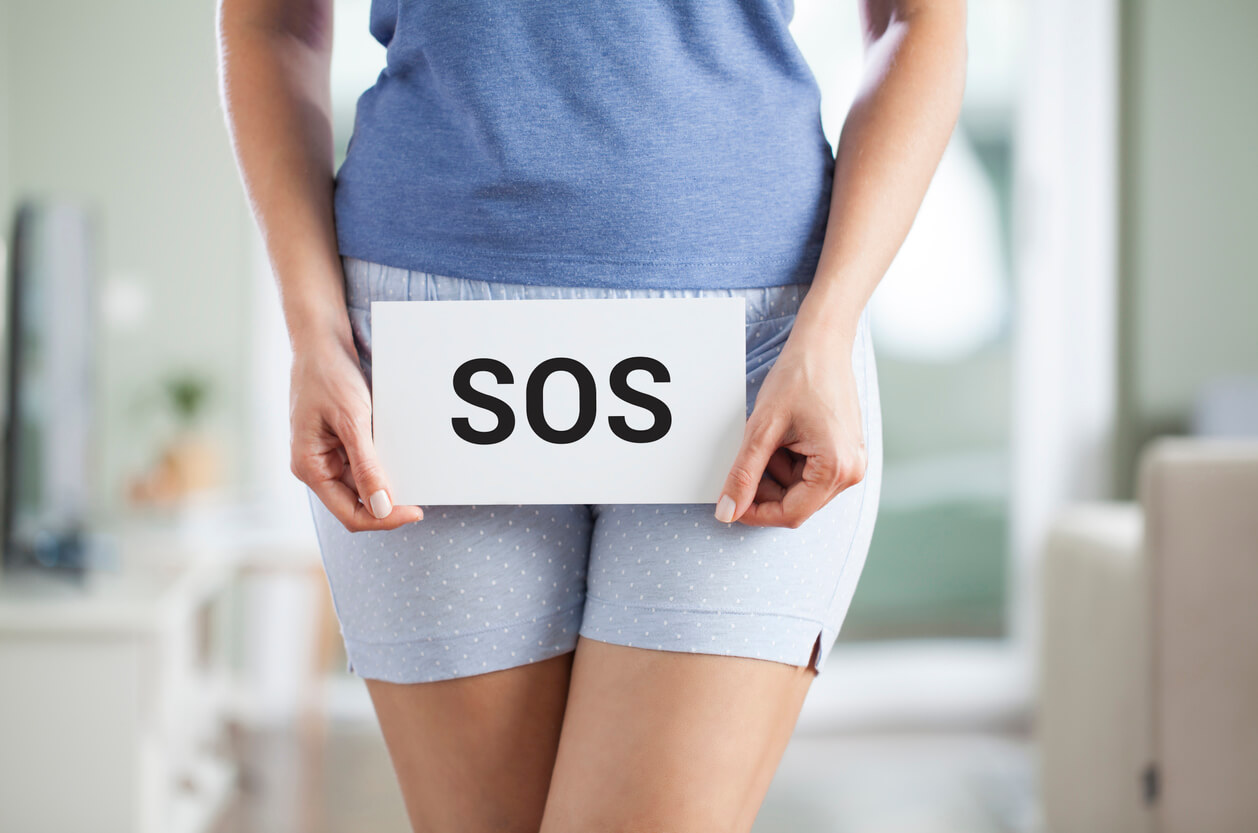
A complete guide to yeast infections. Learn more about the causes of this condition, its symptoms, prescription treatment options, and prevention strategies
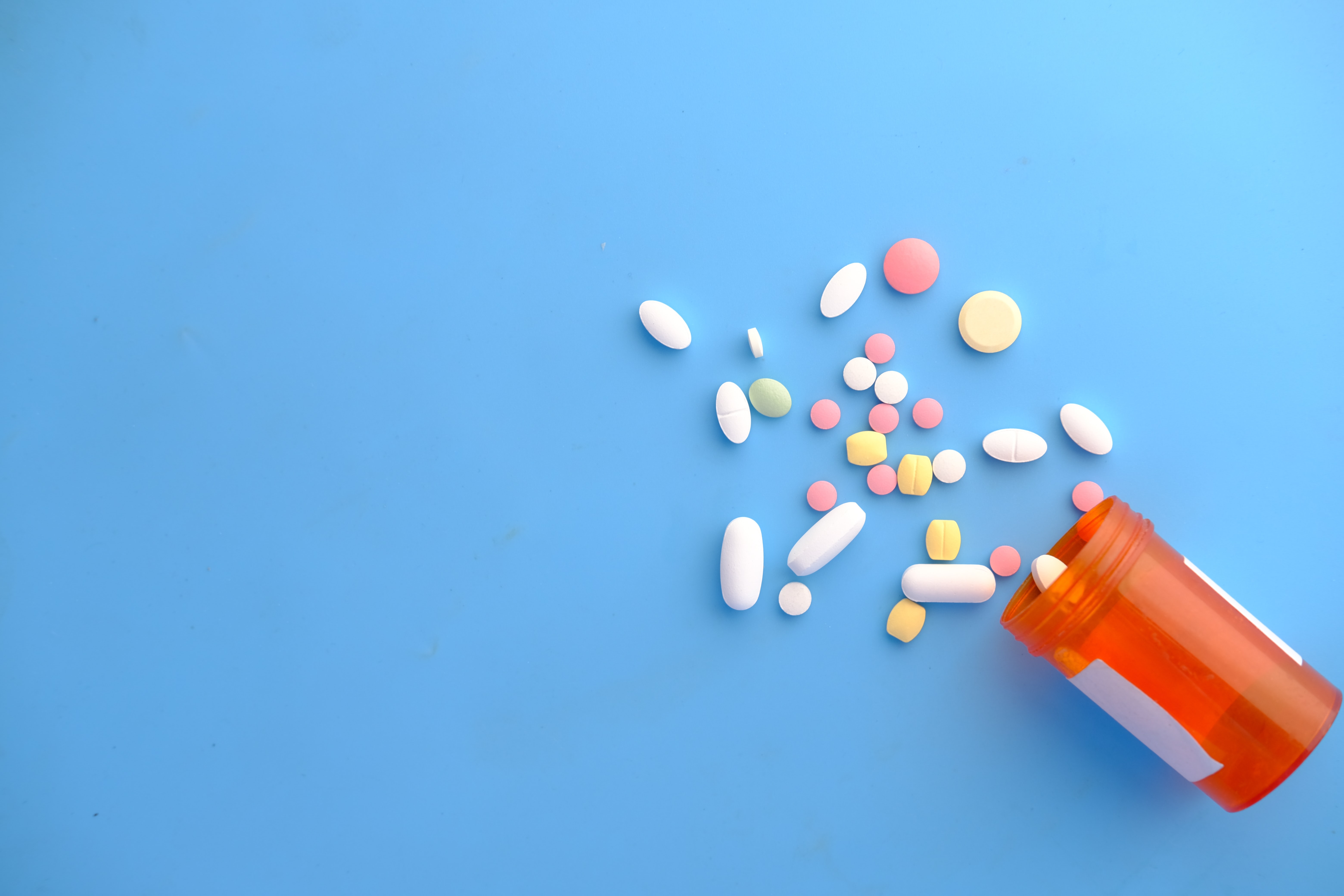
Vaginal yeast infections are a common condition that affect millions of people each year. They’re accompanied by a range of irritating symptoms like itching and pain. Luckily, these over-the-counter and prescription medication options can help - fast.

Bacterial vaginosis is a common women’s health condition. Learn more about the causes of bacterial vaginosis, BV symptoms, treating BV, and how to prevent it.

Bacterial vaginosis is a common women's health condition. Learn more about the best over-the-counter and antibiotic treatment options for bacterial vaginosis.

Belly button infections can be caused by a range of issues, including piercings, poor hygiene, ingrown hairs, and even diabetes. But are belly button infections serious enough to be fatal?

Antibiotics are prescribed as the first-line treatment for bacterial infections. Learn more about these drugs and what over-the-counter options are available.
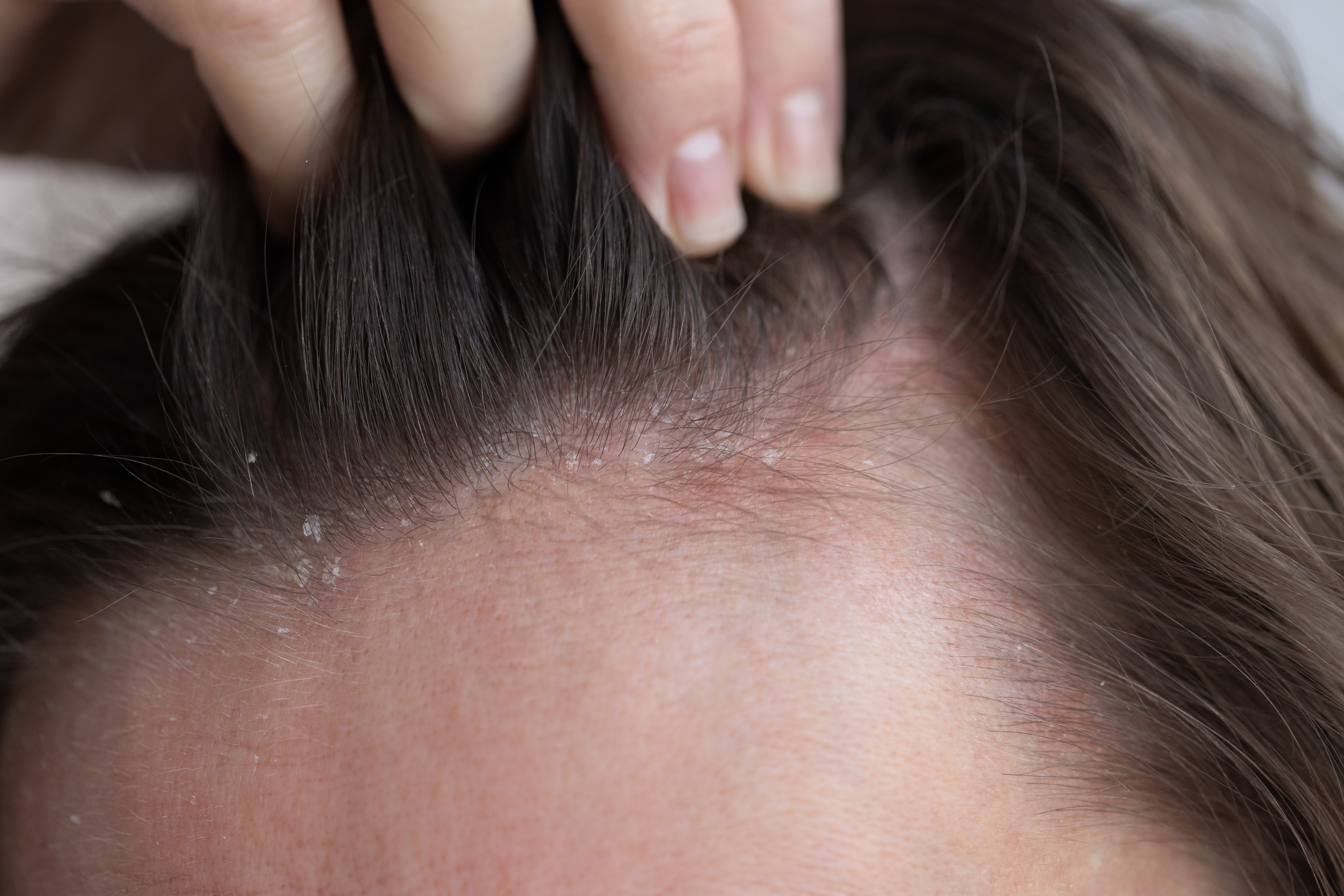
Not sure whether dandruff or scalp psoriasis is causing your flaky scalp? Learn how to tell the difference, along with treatment options, and prevention tips.
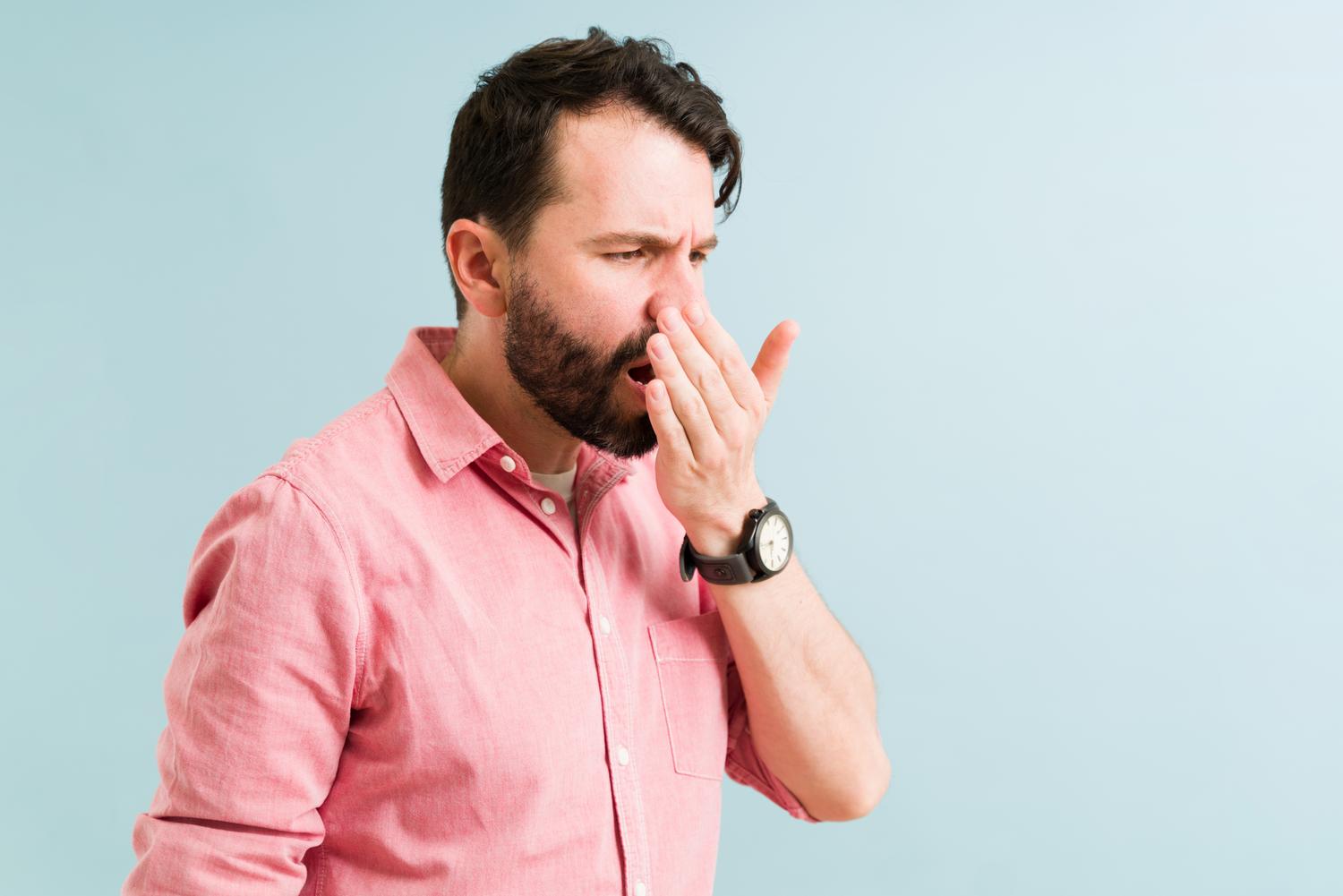
Trying to figure out if your bad breath is halitosis? Learn about common causes of bad breath, along with home remedies and medical treatments for halitosis.
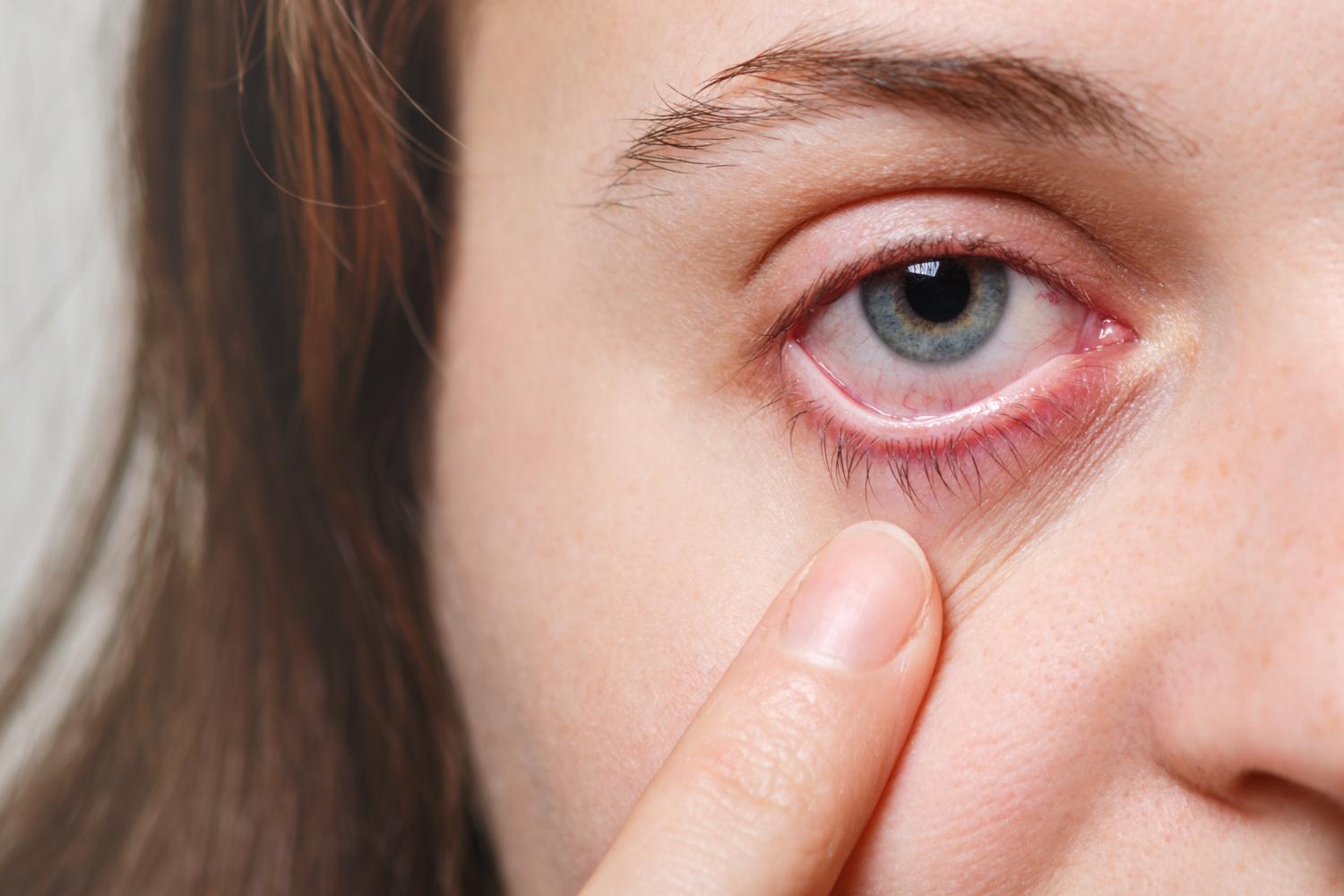
The human eye is an extremely sensitive organ that interacts with a number of systems in the body, so there are a myriad of reasons why someone might experience bloodshot eyes.
